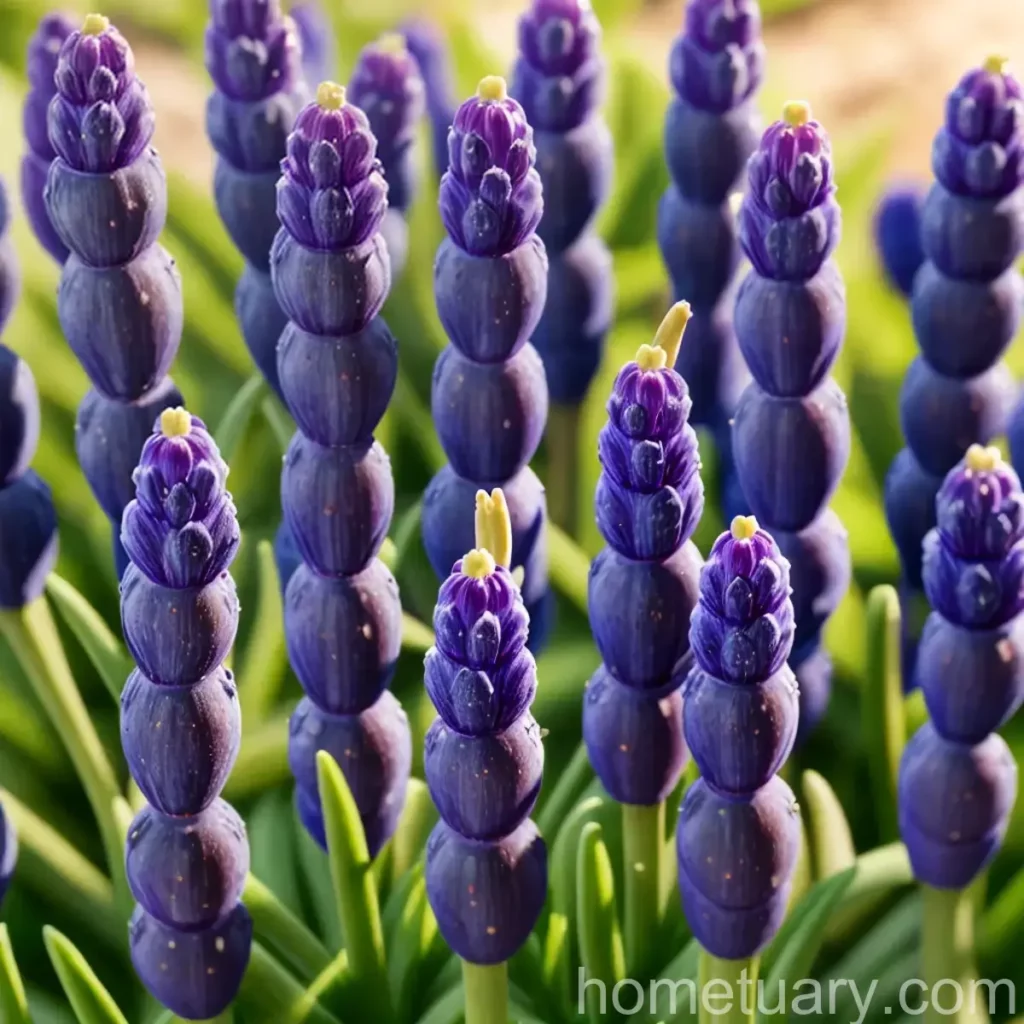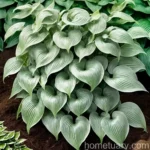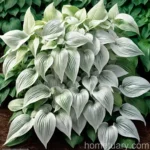The Fascinating World of Grape Hyacinth (Muscari armeniacum)
Welcome to the world of grape hyacinth, a delightful and versatile plant that can bring vibrancy and charm to any garden. Whether you are experienced in gardening or just starting, grape hyacinths are an excellent choice due to their easy-going nature and stunning appearance. In this comprehensive guide, we’ll delve into the various aspects of grape hyacinth, from its cultural significance and uses to its care requirements and common diseases. Join me on this exploration of the enchanting Muscari armeniacum.
What is Grape Hyacinth (Muscari armeniacum)?
Grape hyacinth, scientifically known as Muscari armeniacum, is a perennial bulbous plant belonging to the family Asparagaceae. Originating from the Caucasus and northeastern Turkey, this plant is highly valued for its beautiful clusters of small, bell-shaped flowers that resemble a bunch of grapes, hence the common name “grape hyacinth.”
Grape hyacinth typically ranges in height from 15 to 30 centimeters (6 to 12 inches), with slender, strap-shaped leaves and densely packed flower spikes atop the stem. The flowers themselves come in various shades of blue, from pale sky-blue to deep indigo, and emit a sweet, musky fragrance that adds to their appeal.
Key Takeaways – Grape Hyacinth (Muscari armeniacum)
Before we dive deeper into the world of grape hyacinth, let’s highlight some key takeaways about this captivating plant:
- Scientific Name: Muscari armeniacum
- Common Name: Grape Hyacinth
- Plant Type: Perennial bulbous plant
- Bloom Color: Blue, ranging from light to deep shades
- Height: 15 to 30 centimeters (6 to 12 inches)
- Fragrance: Sweet, musky scent
- Cultural Significance: Symbol of rebirth and love
- Uses: Garden borders, containers, cut flowers
- Growing Conditions: Full sun to partial shade, well-drained soil
Now that we have an overview of grape hyacinth, let’s delve into the various aspects of this charming plant, including its cultural significance, uses, and ideal growing conditions.
Culture
Uses
Grape hyacinths have been cherished for centuries due to their cultural and symbolic significance. From ancient mythology to modern gardens, these delightful flowers have found a place in various traditions and practices:
- Symbolism: In folklore and mythology, grape hyacinths have been associated with rebirth and love. Their delicate, bell-shaped flowers represent sincerity and are often used in floral arrangements to convey heartfelt emotions.
- Decorative Purposes: Whether used in garden borders, rock gardens, or as cut flowers in vases, grape hyacinths add a touch of elegance and vibrant color to any setting.
- Container Planting: The compact size and eye-catching blooms of grape hyacinths make them ideal for container gardening. They can be planted in pots or decorative containers to brighten up patios, balconies, and indoor spaces.
- Naturalizing: Grape hyacinths can be left to naturalize in lawns and wooded areas, creating breathtaking carpets of blue in early spring.
Water
Grape hyacinths appreciate well-drained soil and moderate moisture levels, especially during their growing season in spring. While they can tolerate short dry spells, it’s essential to ensure they receive sufficient water, especially in periods of drought.
- Watering Guide: Water the plants deeply when the soil feels dry to the touch, ensuring that excess water can drain away. Avoid overwatering, as this can lead to bulb rot and other issues.
Sunlight
When it comes to sunlight requirements, grape hyacinths thrive in a diverse range of light conditions, making them a versatile choice for various garden settings.
- Sun Requirements: Plant grape hyacinths in locations that receive full sun to partial shade. They can tolerate dappled shade and even bright, indirect light, making them adaptable to different environments.
Fertilizer
While grape hyacinths are not heavy feeders, they can benefit from a light application of fertilizer to support healthy growth and abundant blooms.
- Fertilizing Tips: In early spring, as the plants begin to emerge, apply a balanced, granular fertilizer around the base of the grape hyacinth clumps. Water the area thoroughly after fertilizing to help the nutrients penetrate the soil and reach the roots.
Soil
The right soil conditions play a vital role in the successful growth and development of grape hyacinths. Well-drained, moderately rich soil is ideal for these plants.
- Soil Type: Plant grape hyacinths in loamy or sandy soil with good drainage. Avoid heavy, waterlogged soils, as they can cause the bulbs to rot. If the soil is heavy, amend it with organic matter, such as compost or peat moss, to improve its texture and drainage.
Pruning
Pruning grape hyacinths is relatively straightforward, and it primarily involves removing spent flowers and withered foliage to maintain a neat and tidy appearance.
- Pruning Technique: After the flowers have faded, snip off the flower spikes at their base to prevent the plant from expending energy on seed production. Additionally, remove any yellowing or dead leaves to promote the plant’s overall health.
Propagation
Grape hyacinths can be propagated through several methods, including division and seed sowing. Each approach offers a unique way to expand the plant’s presence in the garden or create new specimens for different locations.
- Division: Lift and divide overcrowded clumps of grape hyacinths in late summer, carefully separating the individual bulbs and replanting them at the desired spacing.
- Seed Sowing: Collect ripe seed pods in summer and sow the seeds in a prepared seedbed or containers, providing the right conditions for germination and early growth.
Container Popularity
The compact size and charming blooms of grape hyacinths make them popular choices for container gardening, offering an excellent way to introduce these plants to small spaces or urban environments.
- Container Selection: Choose pots or containers with drainage holes to ensure proper water management. Opt for decorative containers that complement the vibrant blue hues of the grape hyacinth blooms, adding visual appeal to the display.
- Indoor Planting: Grape hyacinths can also be grown indoors in containers, bringing early spring blooms and a sweet fragrance to indoor spaces.
Common Diseases
While grape hyacinths are relatively resistant to pests and diseases, they may encounter certain issues that can impact their health and appearance.
Disease Diagnosis
Being vigilant about the plant’s condition and appearance can help in diagnosing and addressing potential diseases and disorders.
- Common Diseases: Grape hyacinths may experience fungal diseases such as botrytis (gray mold) or basal rot, which can affect the leaves and bulbs. Symptoms include discolored or decaying foliage and soft, mushy bulbs.
Common Pests
Grape hyacinths are generally not highly susceptible to pest infestations, but certain insects may occasionally pose a threat to these plants.
- Pest Control: Keep an eye out for pests such as onion fly larvae and slugs, which might feed on the foliage or bulbs. Implement appropriate control measures, such as organic insecticides and physical barriers, to protect the plants from potential damage.
Botanist’s Tips
As a botanist, I have some valuable tips for cultivating and enjoying grape hyacinths:
- Companion Planting: Pair grape hyacinths with early spring bloomers such as daffodils and tulips for a stunning display of complementary colors and shapes.
- Pollinator Attraction: The nectar-rich flowers of grape hyacinths attract various pollinators, including bees and butterflies, contributing to the overall biodiversity of the garden.
- Naturalizing Technique: Allow grape hyacinths to naturalize in areas with well-drained soil and partial shade, creating captivating swaths of blue flowers over time.
Fun Facts
Let’s explore some fascinating and lesser-known facts about grape hyacinths:
- Edible Flowers: The flowers of grape hyacinths are edible and can be used to garnish salads, desserts, and drinks, adding a delightful touch of color and flavor to culinary creations.
- Medicinal Uses: In traditional herbal medicine, grape hyacinth extracts have been used for their potential therapeutic properties, although scientific research in this area is ongoing.
Links to External Resources
To further delve into the world of grape hyacinths and expand your knowledge, explore the following external resources:
- Royal Horticultural Society – Muscari (Grape Hyacinth)
- University of Wisconsin-Madison Extension – Growing Bulbs in Containers
- Missouri Botanical Garden – PlantFinder
In conclusion, the enchanting beauty and versatility of grape hyacinths make them a cherished addition to gardens, containers, and naturalized settings. Their captivating flowers, cultural significance, and ease of cultivation ensure that they remain a perennial favorite among gardeners and enthusiasts worldwide. Whether you are looking to adorn your garden with vibrant blooms, create captivating floral arrangements, or simply appreciate the wonders of nature, grape hyacinths offer a delightful and rewarding experience.















